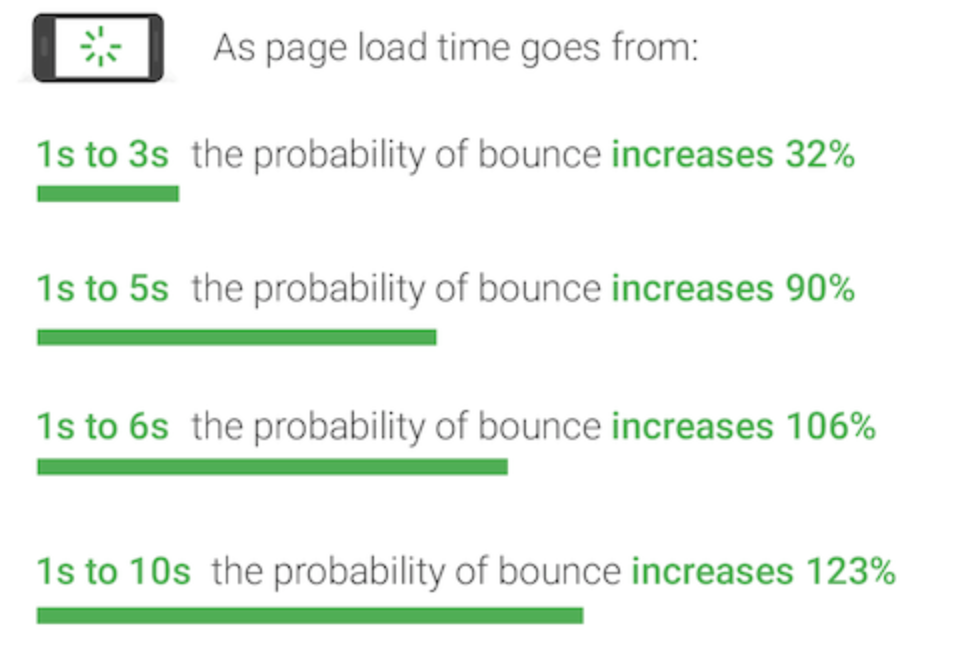Don’t panic! Parallel tracking doesn’t bite
With more mobile traffic than ever, Google is obsessing about the mobile experience and due to this has released tools, such as Accelerated Mobile Pages and PageSpeed Insights, to help businesses and advertisers improve this experience. One of the recent releases has been a hot topic in the month of October… Parallel tracking for Google Ads. This will become a requirement for all advertisers from 30th October 2018.
Currently, when you click on a Google Ad, the tracking code loads first before you are directed to the landing page. This can delay the user from reaching the desired landing page for hundreds of milliseconds. Although this may not sound like the end of the world, it can affect your site’s performance and reduce your ad’s conversion rate.
So how does parallel tracking actually work?
Parallel tracking allows users to bypass loading the tracking code and takes the user straight to the landing page.
As you can see from the comparison below, this takes loading from a 4 stage to a 2 stage process.
Pre-Parallel Tracking
User clicks your ad
URL tracking loads
Potentially additional URL tracking loads
User arrives on the landing page
Parallel Tracking
The user clicks your ad
The user is directed to your landing page
What is the impact of this tracking upgrade?
According to Google, “users will head immediately to your landing page after clicking your ad while their browser processes URL tracking requests in the background. We've seen this help users on slower networks reach landing pages up to several seconds faster. When more visitors can reach and engage with your site more quickly, this can help reduce wasted ad spend and increase conversions for your business.”
This is due to the URL tracking code loading simultaneously in the background, rather than blocking the landing page until it has loaded. It should be noted here that additional redirects may be loaded if your site uses more than one click tracker.
So why is Google hellbent on making this a requirement for Google Ads? Well, according to Google a 1-second increase in load time can decrease conversions by up to 20%. However, with parallel tracking, the user reaches the landing page quicker and has a smoother experience, which means that they are more likely to convert.
Is there anything to be concerned about?
Parallel tracking is not supported by all browsers. According to GS Stat Counter, Chrome (owned by Google) currently has a market share of over 60% across all platforms (see below). In instances where parallel tracking is not compatible with a browser, it will default back to traditional linear redirect tracking (the current model).
Google has also highlighted that although they will be working with third-party tracking companies, not all of their current partners will be able to handle parallel tracking from the get-go. They have advised checking with your third-party provider (if you have one) before enabling parallel tracking within your account, as some third-party click measurement features may be impaired.
Where there are incompatibilities, the consequences could be dire, for example, your third-party tool could stop working all together or your landing page could go down.
What do I need to do before the 30th October 2018?
If parallel tracking is compatible with your current software, you can enable parallel tracking in just a few clicks.
Sign in to Google Ads
Select ‘all campaigns’ from the main menu
Click ‘settings’
Click ‘account settings’
Click ‘tracking’
Click the slider next to ‘parallel tracking’ to switch it on
DONE, it’s as easy as that.
You can also follow Google’s implementation checklist here or view Google’s FAQs here.





